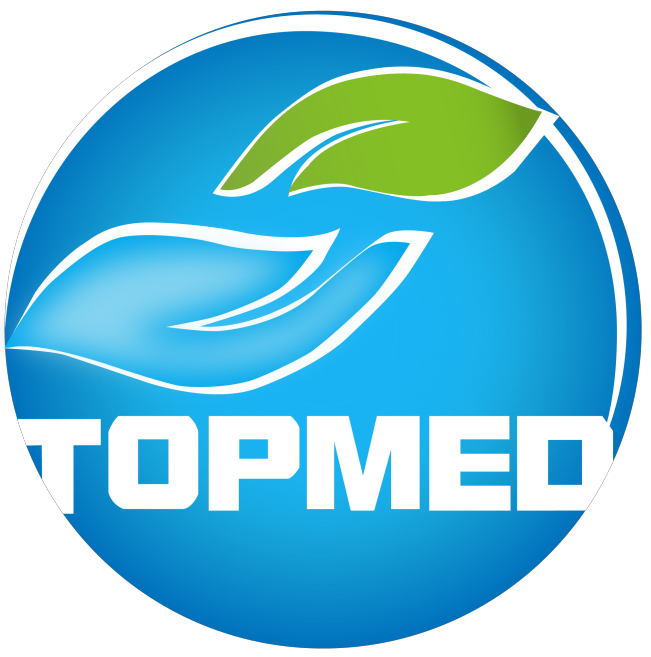Detailed introduction of medical masks
1. Definition and classification of medical masks
Medical masks are personal protective equipment used in medical environments. They are mainly used to filter the air entering the mouth and nose, and block harmful gases, odors, and droplets from entering and exiting the wearer's mouth and nose. They are generally divided into three categories: medical masks, industrial protective masks, and civilian masks. There are many differences in their application scenarios, main features, implementation standards, and production processes.
2. Classification and product features of medical masks
2.1 Disposable medical masks
- Application scenarios: ordinary medical environments.
- Main features: There are no excessive requirements for tightness and blood barrier effects. Common types are ear straps and lace-up types. The appearance is similar to medical surgical masks.
2.2 Medical surgical masks
- Application scenarios: invasive operations by clinical medical staff and other processes.
- Main features: It can block blood, body fluids, and some particulate matter. Common types are ear straps and lace-up types.
2.3 Medical protective masks
- Application scenarios: suitable for medical working environments, filtering particulate matter in the air, blocking droplets, etc., and protecting against airborne respiratory infectious diseases.
- Main features: It can filter particulate matter in the air, block pollutants such as droplets, blood, body fluids, secretions, etc., and the filtration efficiency of non-oily particles can reach more than 95%. It is a commonly used personal protective equipment for airborne diseases.
3. Materials and performance of medical masks
Medical masks are generally made of three layers of non-woven fabrics, of which the outer layer is spunbond non-woven fabric, which is waterproof and adopts anti-droplet design to block body fluids, blood and other liquids; the middle layer is melt-blown non-woven fabric, usually using electret treated polypropylene melt-blown non-woven fabric as the core of the filter layer; the inner layer mainly uses ES non-woven fabric, which has good moisture absorption function.
4. Standards and quality requirements for medical masks
- Disposable medical masks: Implement the YY/T 0969-2013 standard. The main performance indicators include bacterial filtration efficiency, ventilation resistance, microbial indicators, etc. The filtration efficiency of bacteria should not be less than 95%.
- Medical surgical masks: Implement the YY 0469-2011 standard. The main technical indicators include filtration efficiency, pressure difference, microbial indicators, etc. The filtration efficiency of non-oily particles is not less than 30%, and the bacterial filtration efficiency is not less than 95%.
- Medical protective masks: Implement the GB 19083-2010 standard. The main technical indicators include filtration efficiency, airflow resistance, microbial indicators, etc. The filtration efficiency of non-oily particles is divided into level 1 (≥95%), level 2 (≥99%), and level 3 (≥99.97%).
5. Application scenarios of medical masks
- Disposable medical masks: Suitable for general medical environments, such as outpatient clinics, wards, etc.
- Medical surgical masks: suitable for invasive procedures such as surgery, wound treatment, etc.
- Medical protective masks: suitable for high-risk environments such as infectious disease wards, isolation areas, etc.
6. Summary
Medical masks are an important protective tool for medical workers when facing potential infection risks. By using different materials and designs, different levels of protection are provided to medical staff to reduce the risk of hospital infection and cross infection. The correct selection and use of medical masks is essential to ensure the safety of medical workers and patients.
 EN
EN
 AR
AR
 BG
BG
 HR
HR
 CS
CS
 DA
DA
 NL
NL
 FI
FI
 FR
FR
 DE
DE
 EL
EL
 HI
HI
 IT
IT
 JA
JA
 KO
KO
 NO
NO
 PL
PL
 PT
PT
 RO
RO
 RU
RU
 ES
ES
 SV
SV
 TL
TL
 IW
IW
 ID
ID
 LV
LV
 LT
LT
 SR
SR
 SK
SK
 VI
VI
 HU
HU
 TH
TH
 TR
TR
 FA
FA
 GA
GA
 CY
CY
 IS
IS
 LA
LA













